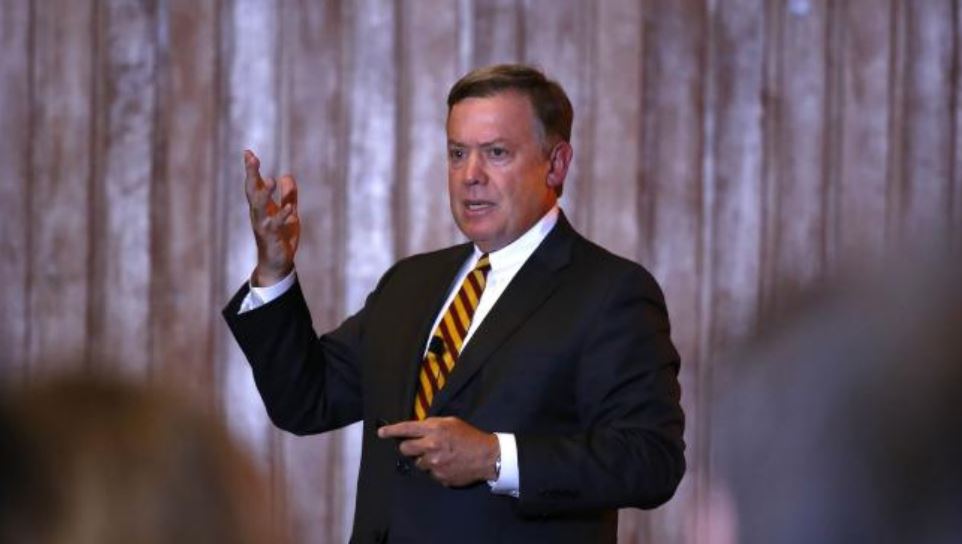
News & Resources
Intelligence Comes In Many Types, Not Levels

Michael Crow hails from an exclusive tradition. He was third in charge at Columbia, New York City’s oldest university and sole Ivy League member.
But Dr Crow, who now heads the biggest public university in the US, champions a concept of inclusivity that Australia’s meek equity lobby can only dream of.
As president of Arizona State University since 2002, Dr Crow has developed his institution not by pursuing the prized attribute of the elite, status but by opening his doors to everybody while also driving research excellence. Now he is claiming ASU as the forerunner of a new evolutionary wave in higher education — the first since 1876 — in which universities adapt to the learning proclivities of students, rather than the other way around.
Speaking last week at the University of NSW, which has established the “PLuS” teaching and research alliance with ASU and Kings College London, Dr Crow outlined his vision of the “complex adaptive university” with inclusive orientation and potentially limitless scale.
He told the HES that one in two US college students did not graduate because “they didn’t fit”. ASU was trying to change that with five “realms” of offerings: fully oncampus; fully online; massive open online courses; a variation on MOOCs called “education through exploration”; and a fifth mode that Dr Crow said was “yet to be determined”. “Are we designing a university for everyone to get a degree? No. Are we designing a university where many people can get degrees? Yes. Are we designing a university where anyone who wants to connect in some way can benefit from learning? The answer is yes.”
Dr Crow doesn’t want to wade into Australia’s debate about university entry standards. But he says assumptions that some people are simply not cut out for university are fundamentally wrong.
“I’m not suggesting there aren’t ranges of ability (but we’ve adopted) too narrow a model. The model is not reflective of humanity; it’s reflective of what we think of as academic learning.
“It used to be that not everybody could read. They literally thought people were too stupid to learn how to read
It used to be that not everybody could read. They literally thought people were too stupid to learn how to read. Our notions about learning and academic success are antiquated.”
He told the UNSW symposium that individual people learned in different ways shaped by their culture, upbringing and types — not levels — of intelligence. “We have found the way to take a broad crosssection of society, using technology as our special friend, and alter the process by which learning is carried out and assessed.
“Once we figured all this out, a lot of things we thought of as facts turned out to be illusions — that one person is smarter than another person because they pick up linear algebra quicker. We’ve had faculty members share with us the deep emotional impact when they realised that for years and years they were teaching students they thought of as dumb.”
Not everybody agrees with Dr Crow’s ideas. Blogging on Inside Higher Ed, commentator John Warner said Dr Crow’s “terrifying” vision had created a “dystopian” institution “indistinguishable from Amazon”, with skyrocketing staffstudent ratios and teaching by software.
But Dr Crow says the results speak for themselves. Philanthropic support has multiplied by five under his tenure and research funding is up almost as much. Last year’s introduction of the “Global Freshman Academy” — MOOCs with optional assessment and academic credit towards degrees — has already achieved 200,000 students in more than 180 countries, he says. “And we don’t even know what we’re doing yet.”
He says the traditional higher education approach to inclusion — target underrepresented groups and “bring a few more in” — needs a rethink. “Education is so massive, so ubiquitous, so insatiable in terms of human need.”